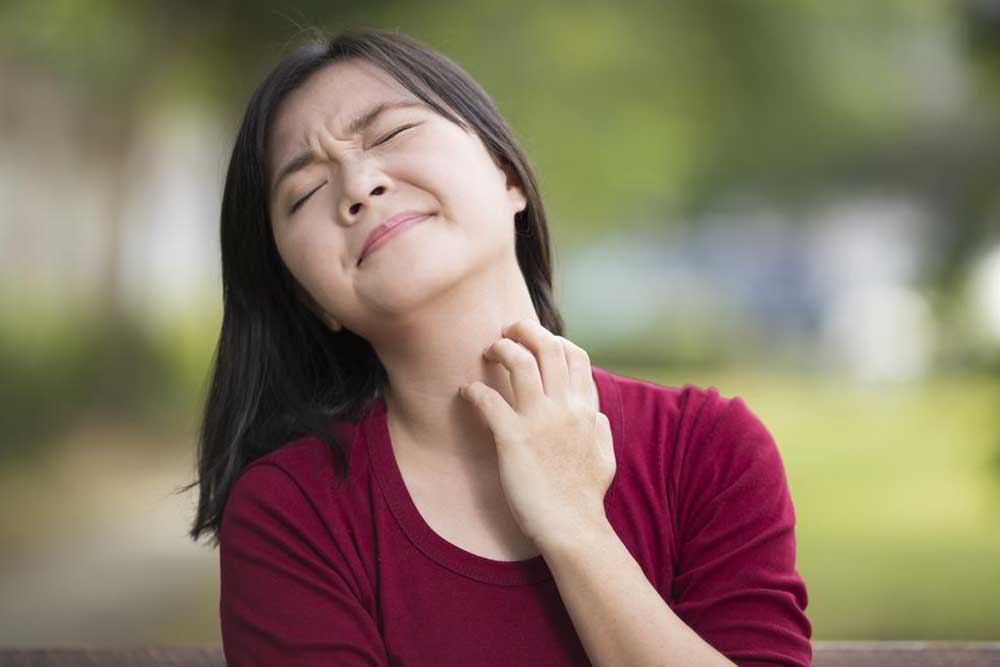5 Different Types of Eczema

Eczema is a skin condition in which the skin becomes itchy, inflamed and red. In the United States, this non-contagious skin disease is quite common and affects almost 30 million people.
Different types of eczema have different symptoms as well as triggers. Understanding the triggers and the symptoms are important for getting the right treatment at the right time. Here is a guide to the different types of eczema with symptoms and pictures of eczema for a better understanding:
Atopic dermatitis
It often starts during childhood and often goes away or gets milder by the time the patient hits adulthood. It is one part of the “atopic triad” that includes other two allergic conditions i.e. hay fever and asthma. Some of its symptoms are as follows:
- Scaly and dry skin
- Itching
- Redness (erythema)
- Rash on the arms, legs, and cheeks
- Crusted, open, or weepy sores
Contact dermatitis
It happens when an allergen or substance touches the skin and causes a reaction. The eczema photos will show the following:
- The skin turns red, itches, stings, and burns
- Hives (itchy bumps) pop up on the skin
- The affected part of the skin feels leathery or scaly and may thicken over time
- Blisters may crust or weep
Dyshidrotic eczema
It typically appears on the skin of adults under the age of 40 years. This condition is more common in women. As the pictures of eczema show, it produces itchy, small blisters on the edges of toes, fingers, soles of the feet, and palms. These blisters can become large and watery as well.
- The skin can crack, flake, and scale
- The blisters may hurt or itch
Stasis dermatitis
It is also known as venous eczema or gravitational dermatitis. This condition typically affects the lower legs. As the pictures of eczema reveal the following symptoms:
- Swollen legs
- Crust patches on the skin
- Scaly, dry, and cracked skin is normal
- Itchy, hot blisters or spots are some other symptoms
Seborrheic dermatitis
When the skin is oily, this dermatitis develops. It causes an itchy, flaky, and red rash that can appear raised or swollen. Also, on its surface, a white or yellowish crust may form. Most commonly affected areas by this condition are ears, scalp, eyelids, eyebrows, face, genitals, armpits, upper back, and chest.
Before applying any ointment or taking any medication, it is always advisable to consult with a medical expert first so that you can get the right treatment.



